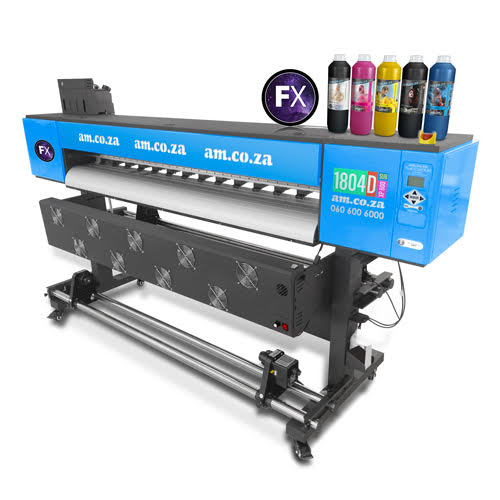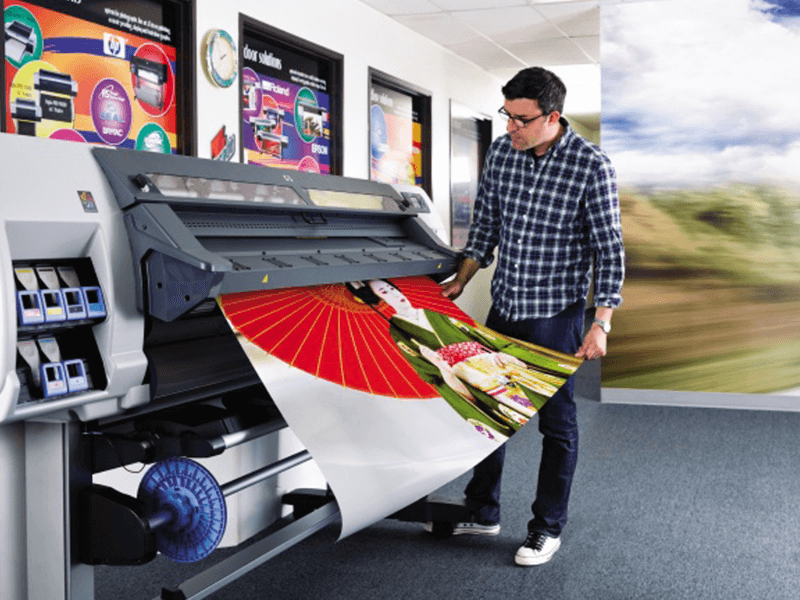The printer has come a long way from its humble beginnings as a bulky machine producing black-and-white documents. Today, printers are smarter, faster
The printer has come a long way from its humble beginnings as a bulky machine producing black-and-white documents. Today, printers are smarter, faster, more efficient, and more versatile than ever before. Whether you’re printing high-resolution photographs, 3D prototypes, office documents, or product labels, printing technology has grown into one of the most essential components of the digital and physical world.
In 2025, the printer is no longer just a piece of office equipment—it is a powerful tool that blends innovation, connectivity, and sustainability. This article explores how the printer continues to evolve, the latest advancements, and what users can expect in the years ahead.
Understanding the Role of the Printer in a Digital Era
Many believed that digital transformation would eliminate the need for printers. However, the opposite has happened. As more businesses digitize their operations, the need for high-quality printed materials has also grown.
Why? Because:
- Printed documents are still required for legal, financial, and governmental purposes
- Physical copies remain essential in education and healthcare
- Creative industries rely on high-quality prints for visual impact
- Home offices have increased demand since remote work expanded globally
The modern printer serves a wide range of users—students, photographers, designers, engineers, and corporate professionals—all requiring fast and reliable printing solutions.
Types of Printers and Their Uses
Different tasks require different printer technologies. In 2025, these are the most common types:
1. Inkjet Printers
Inkjet printers remain popular for home use and photography. They offer:
- Vibrant color printing
- Smooth gradients
- High-resolution photo output
- Low upfront cost
Advanced dye-sublimation inkjet models are now capable of producing lab-quality images directly at home.
2. Laser Printers
Laser printers are the kings of efficiency and speed, especially in office environments.
Benefits include:
- Fast printing speeds
- Sharp text output
- Long-lasting toner cartridges
- Low cost per page
Color laser printers have also become more affordable, making them accessible to small businesses.
3. All-in-One Printers
These multifunction printers (MFPs) combine:
- Printing
- Scanning
- Copying
- Faxing
All-in-one models are ideal for home offices and small businesses seeking convenience and space efficiency.
4. 3D Printers
Perhaps the most revolutionary evolution of the printer, 3D printers create physical objects using materials like plastic, resin, metal, and biopolymers.
Industries using 3D printers include:
- Education
- Medicine
- Automotive
- Aerospace
- Architecture
- Product development
3D printing has transformed prototyping, enabling designers to produce functional models within hours.
5. Thermal Printers
Used primarily in:
- Retail
- Logistics
- Healthcare
- Food service
Thermal printers create receipts, labels, barcodes, and shipping tags quickly and reliably.
How Printer Technology Has Advanced in 2025
Printers today are far smarter and more capable than their older counterparts. Several modern innovations have redefined how we print.
1. Wireless and Cloud Printing
Gone are the days of connecting a printer with cables. Modern printers support:
- Wi-Fi
- Bluetooth
- NFC
- Cloud services like Google Cloud Print, OneDrive, and Dropbox
This allows users to print from smartphones, tablets, and laptops instantly.
2. AI-Powered Print Management
Artificial intelligence helps optimize printing by:
- Reducing paper waste
- Adjusting color profiles
- Predicting toner shortages
- Suggesting print settings for best results
AI makes the printer more intelligent and user-friendly.
3. Eco-Friendly Printing Technology
Sustainability has become a major focus.
Modern printers offer:
- Energy-efficient modes
- Recyclable cartridges
- Ink-saving settings
- Eco-conscious materials
Brands now emphasize reducing environmental impact without compromising quality.
4. Faster Print Speeds and Higher Resolutions
High-end printers can produce:
- 60+ pages per minute (laser models)
- 4800–9600 DPI (inkjet photo printers)
- HD-quality 3D prints
These improvements meet the increasing demands of both businesses and creative professionals.
Printers in Business: Essential Tools for Productivity

Businesses rely on printers for far more than printing documents. Modern office printers offer:
- Secure printing with PIN release
- Integration with business software
- Automated document workflows
- Cloud-based storage
- High-volume printing for busy environments
Advanced security features help protect sensitive information, making the modern printer a critical component of cybersecurity strategies.
Industries that heavily rely on printers include:
- Legal services: Contracts and documentation
- Education: Study material, worksheets
- Healthcare: Patient files, lab labels
- Architecture & design: Blueprints and draft prints
- Retail: Receipts, price tags, and labels
The printer remains essential across sectors.
The Influence of Printers on Creative and Visual Industries
For artists, photographers, and designers, the printer is more than a tool—it is a creative partner.
High-End Photo Printers
Professional photographers use printers capable of:
- Color calibration
- Borderless printing
- Archival-quality prints
- Multi-ink cartridges for smoother tones
Large Format Printers
These printers produce:
- Posters
- Banners
- Signage
- Artwork and canvas prints
Large-format printing is crucial for marketing, events, and branding.
3D Printers in Design
Creative professionals use 3D printers to produce:
- Jewelry
- Sculptures
- Product prototypes
- Personalized items
This has revolutionized how ideas move from sketch to physical form.
The Future of Printer Technology
What can we expect from printers in the next decade?
1. Fully Voice-Activated Printers
Printers will integrate deeper with voice assistants such as:
- Alexa
- Google Assistant
- Siri
Users will be able to print commands hands-free.
2. Smart Ink and Toner Replenishment
Printers will automatically detect low ink and reorder supplies.
3. Higher Adoption of Eco-Safe Ink
Expect more printers using plant-based or biodegradable ink.
4. Advanced Portable Printers
Ultra-light, battery-powered portable printers will become mainstream for travelers and mobile workers.
5. More Affordable 3D Printers
As manufacturing costs drop, 3D printers will become as common as household inkjet printers.
Conclusion: Why the Printer Remains an Essential Modern Tool
Despite living in a digital world, the printer continues to play an important role in daily life. It supports businesses, fuels creativity, assists students, and empowers engineers and designers. Modern advancements—from AI and eco-friendly ink to wireless printing and 3D modeling—have made the printer more versatile and essential than ever.
As technology continues to evolve, so will the printer, shaping industries, streamlining workflows, and enabling new forms of innovation.


COMMENTS